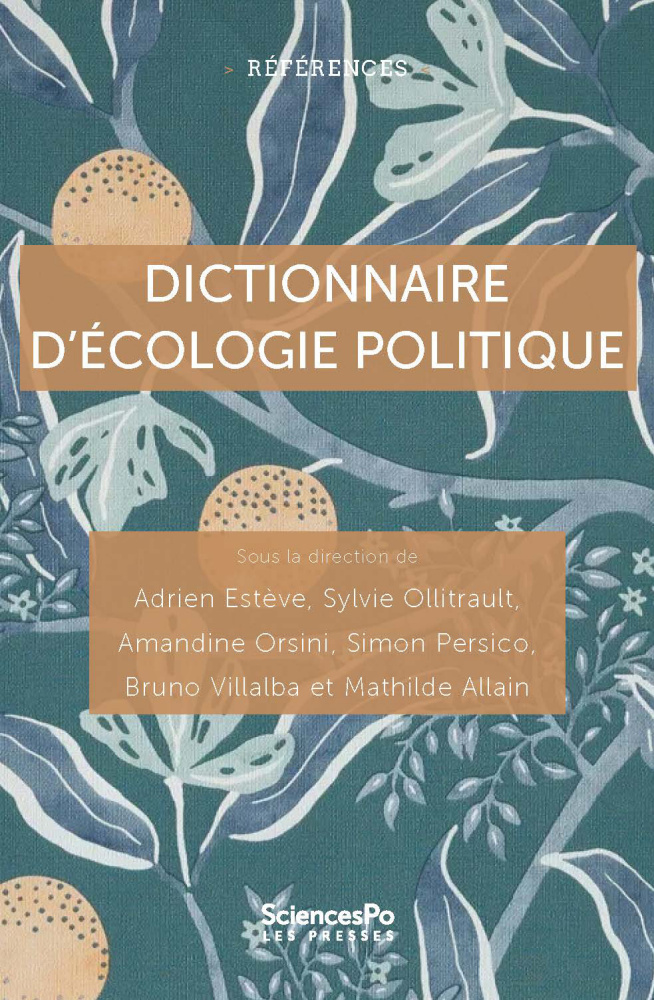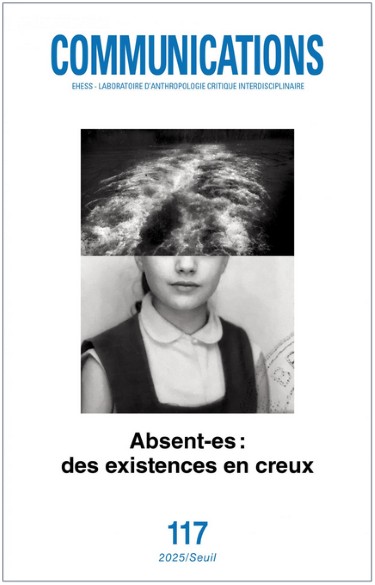Winner of the 2025 Valois Thesis Prize: congratulations to Anton Olive-Alvarez!

Le Valois« thesis prize, Young researchers is a publication grant. Each year, 3 doctoral theses are rewarded for their quality, originality and essential contribution to the cultural policies of the Ministry of Culture.
Anton Olive-Alvarez is one of the winners of the 2025 edition for his thesis «Between the field and the museum: partial legitimisation of street art and intermediary appropriation of space».», directed by Sylvie Mazzella (CNRS, MESOPOLHIS) and Gisèle Sapiro (CNRS/EHESS, CESSP). 18 November 2024 in Aix-en-Provence.
The awards ceremony is scheduled for Thursday 27 November 2025 in the salons of the Ministry of Culture.
Congratulations to the winner!
Summary of the thesis:
This work examines the spectacular increase in legal street-art projects in French and European cities over the last decade. After a phase of gradual reversal of the social and artistic stigma associated with graffiti from the 2000s onwards, there has been an explosion of street-art festivals and routes promoted by municipalities since the second half of the 2010s. This study looks at a number of projects of this type in the cities of Paris, Marseille and Brussels. It is based on a broad qualitative component (interviews, immersion with the people in charge of the projects, direct observations in the places concerned), supplemented by quantitative processing (ACM, descriptive statistics). The general aim is to examine in detail the homology between the social, symbolic and morphological dimensions of urban space, in order to document empirically the processes leading to attempts to appropriate certain districts symbolically through art, and to compare them with their actual effects.
By looking back at the history of the autonomisation of a specific street-art practice, and reporting on the current state of the French street-art field, the thesis first sets out to identify a new phase in the legitimisation of this art form, characterised by its takeover by local public authorities as part of urban development policies. We show how coalitions of actors, described as 'developmentalists' in the sense of Clarence Stone, are being built around an instrumental conception of street art and its effects on the city. Although it is not the only way of creating street-art projects, this developmentalist form has acquired a hegemonic position in the production of murals, and tends to determine a dominant mode of street-art production in the urban space, marked by a strong sense of heteronomy.
The second part of the work then sets out to identify the aesthetic effects of this developmentalist hegemony, in the type of frescoes produced. By proposing a methodology for analysing the iconographic content of the works, we highlight the way in which an aesthetic uniformity is imposed, characterised by the constant search for formal consensus, which can be seen as the aesthetic transcription of the imperative of consensus that presides over the development of these projects. This developmentalist iconography is gradually being imposed and extended to a growing number of different urban landscapes, to the point where it seems to be invested by the players concerned with an intrinsic propensity to bring about urban transformation.
The last part of the thesis then attempts to empirically raise the question of the transformative power of street-art frescoes. Does the imposition in space of aesthetic forms invested with a symbolic power of urban development necessarily lead to an effective renewal of the population of the places concerned, and hence to gentrification? Drawing in particular on methods from the sociology of reception, we propose here to objectify the more or less striking nature of street art in the city, starting from the concrete uses of urban space by the (multiple) practices of visits linked to street art. We then use a specific case of the institutionalisation of a vandal street-art project on the outskirts of Paris to examine the evolution of the urban uses associated with this process. Rather than the inevitable phenomenon of gentrification, we conclude that intermediate appropriations of urban space are being structured and developed.
Share on
Read also


